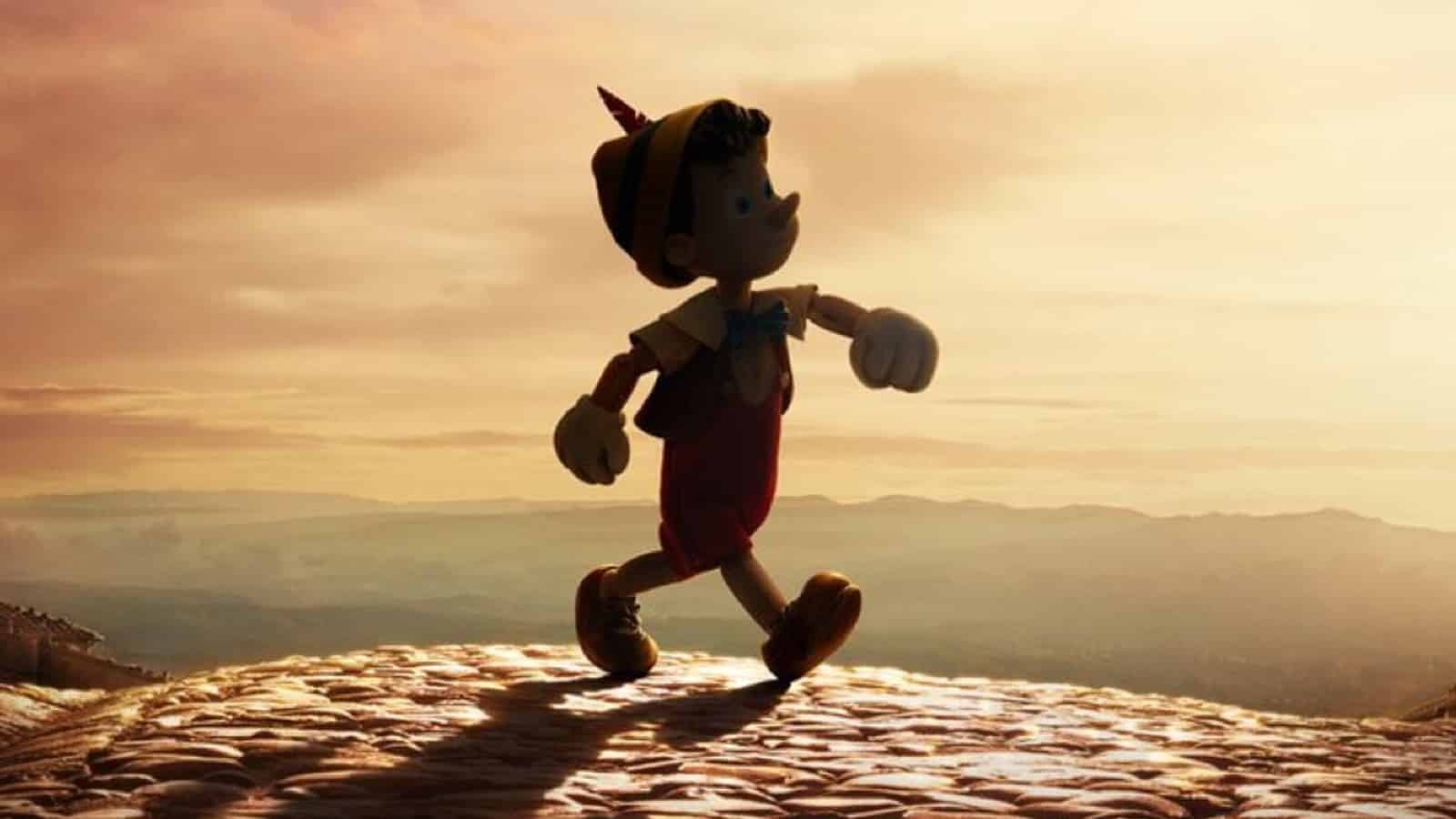Pinocchio 2022 ending change: Does Pinocchio become a real boy?
 Disney+
Disney+While the Disney+ live-action remake of Pinocchio stays pretty faithful to the source material, there is a way that it may have changed: the ending.
Pinocchio’s live-action remake just dropped today on Disney+, and while it’s not gained much praise – you can check out our review of the film here – there is one way in which the film garners some interest.
See, at the end of the original classic, after all his trials and tribulations, Pinocchio is rewarded by being turned into a real boy, and he and his father Geppetto celebrate. It’s your classic happy ending.
But that’s not quite how it goes down in the live-action film, and this is an interesting change worth discussing, since it’s very ambiguous.
So, does Pinocchio become a real boy in the live-action film?
Well, kind of. Let us explain.
The ending of the live-action film is as follows: having just escaped the mouth of the giant whale Monstro, Pinocchio and his family crash land onto a beach. While everyone else seems okay, Geppetto is unconscious, and for a moment, it seems like he is dead.
In tears, Pinocchio desperately tries to wake his father, shaking him and singing the classic tune, ‘When You Wish Upon a Star.’ It’s a sad moment, especially since Geppetto is played by the beloved Tom Hanks.
Then, Pinocchio sheds a single tear, which lands on Geppetto’s face. There is a flash of blue magic – likely from the Blue Fairy – and Geppetto awakes, seemingly alright again. Father and son rejoice, and all seems well.
Now, this differs from the original. In the animated version, it is Pinocchio who lays dying, until we hear the Blue Fairy’s voice, praising him for the good qualities he has shown, before he is transformed into a real boy, and the film ends in a similar rejoicing manner.
This doesn’t quite happen in the live-action film.
Once Geppetto awakes in this new film, he and Pinocchio talk, and Pinocchio laments how he is still not a real boy. But Geppetto says: “You honestly did try, with all your heart, and that makes you a truthful boy. and you know what else it makes you? Unselfish, and very very brave.”
He continues, “Pinocchio when you first came to me, I might have made you think I wanted somebody else, but it was you I was wishing for. You will always be my real boy. There isn’t a single thing I would change about you. I am so very proud of you. And I love you, so very much.”
And as the pair walk home together, hand in hand, we do see glimpses of Pinocchio’s wooden legs becoming human legs, but we only see this from behind, in passing. It’s rather ambiguous, and this is emphasised by Jiminy Cricket’s narration, which states:
“So, in the end, Pinocchio did prove himself brave, honest, and unselfish. And since then many stories have been told about him. People say he was transformed into an honest to goodness real boy. Well, did that actually happen? Who knows? But I do know one thing for sure: In his heart, Pinocchio is as real as any real boy could ever be.”
Ultimately, while his transformation is ambiguous, the movie makes it clear: it doesn’t matter what Pinocchio is made of, he’s a real boy either way.
Is this new ending better or worse than the original?
While many may contest this, one could argue that the new Pinocchio ending is actually more impactful than the original. Throughout the tale, we have been told what makes a real boy.
Now, in other parts of the film, we have seen “real” flesh and blood boys. Now, these boys were lacking in all the qualities that the film requires, which leads to a lot of them being – terrifyingly – turned into donkeys. The film is clearly very harsh on its moral.
But this shows that it’s not having skin instead of wood that makes someone “real,” it’s about what’s inside, so, in terms of the film’s message, this new ending actually rings more true, and appears more impactful.
It’s like how many people want the Beast to remain a Beast in Beauty and the Beast, since according to the film’s message, it shouldn’t matter how someone appears on the outside. This film appeases those people, albeit in an ambiguous way. We can’t really blame Disney for not being brave enough to concretely change the ending; often people expect certain things to remain the same from remakes. It’s actually surprising that they were willing to be as ambiguous as they were, so hats off to them.
But don’t worry, there are still plenty of other things wrong with the film’s ending. For one, Jiminy Cricket doesn’t get his badge of honor for being a good conscious. There isn’t much of an encore for the classic “When You Wish Upon a Star.” And the film ends with a storybook closing, despite it not opening in that way.
So, like the rest of the film, this ending is going to be a like-it-or-hate-it type of situation, should you choose to watch it.
Pinocchio is currently available to stream on Disney+.